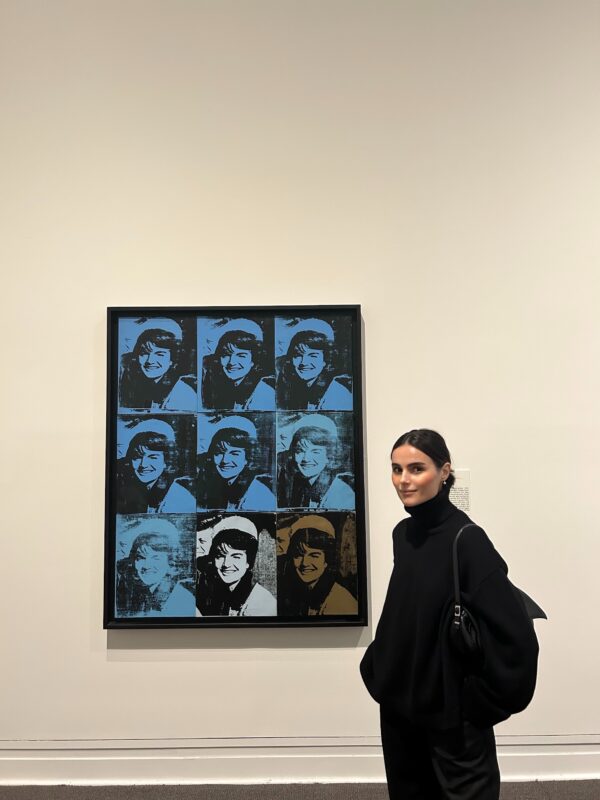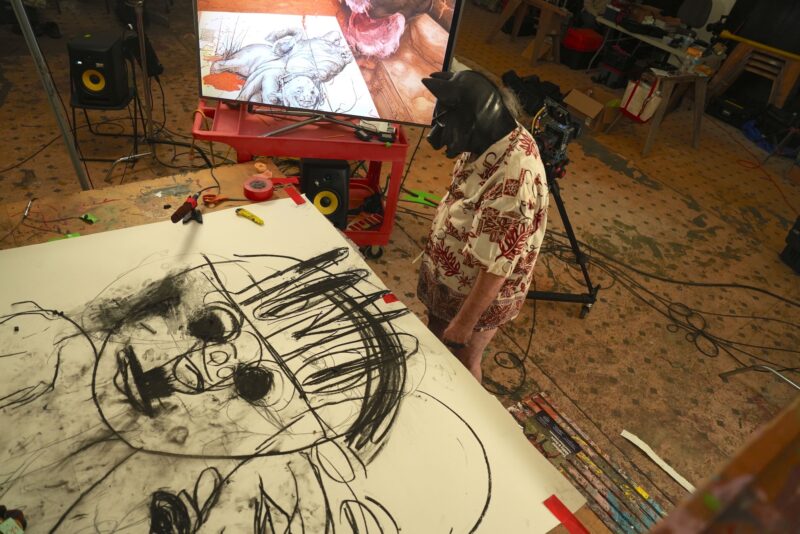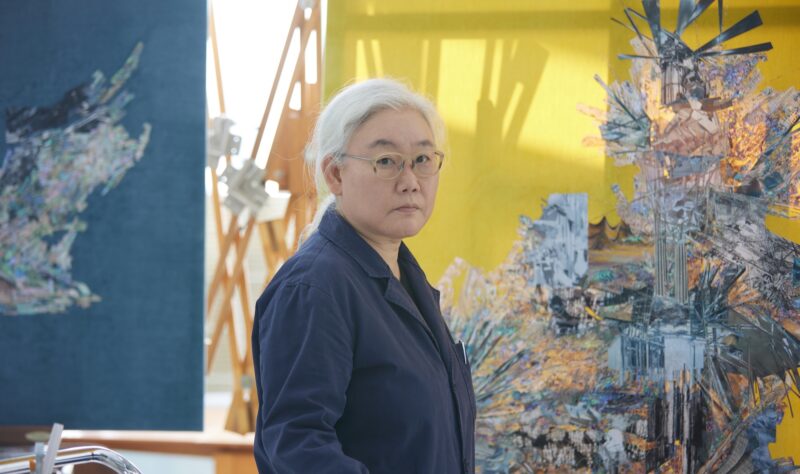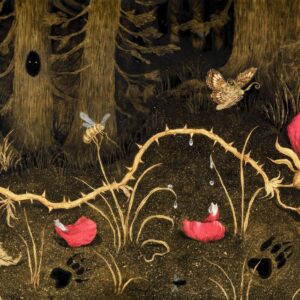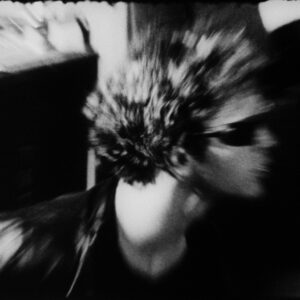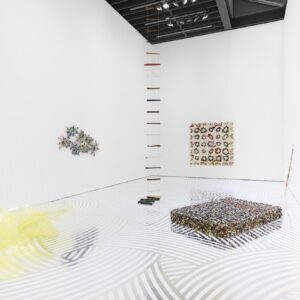Hauser & Wirth to celebrate the centenary of Gorky’s arrival in New York City with a special presentation at its space on Wooster Street, mere blocks from the artist’s original West Village address. Arshile Gorky. New York City will present paintings and works on paper, many not seen since 1935, that spotlight the master’s development of an artistic language that ultimately would be as singular—and consequential—as the American city that was his home.
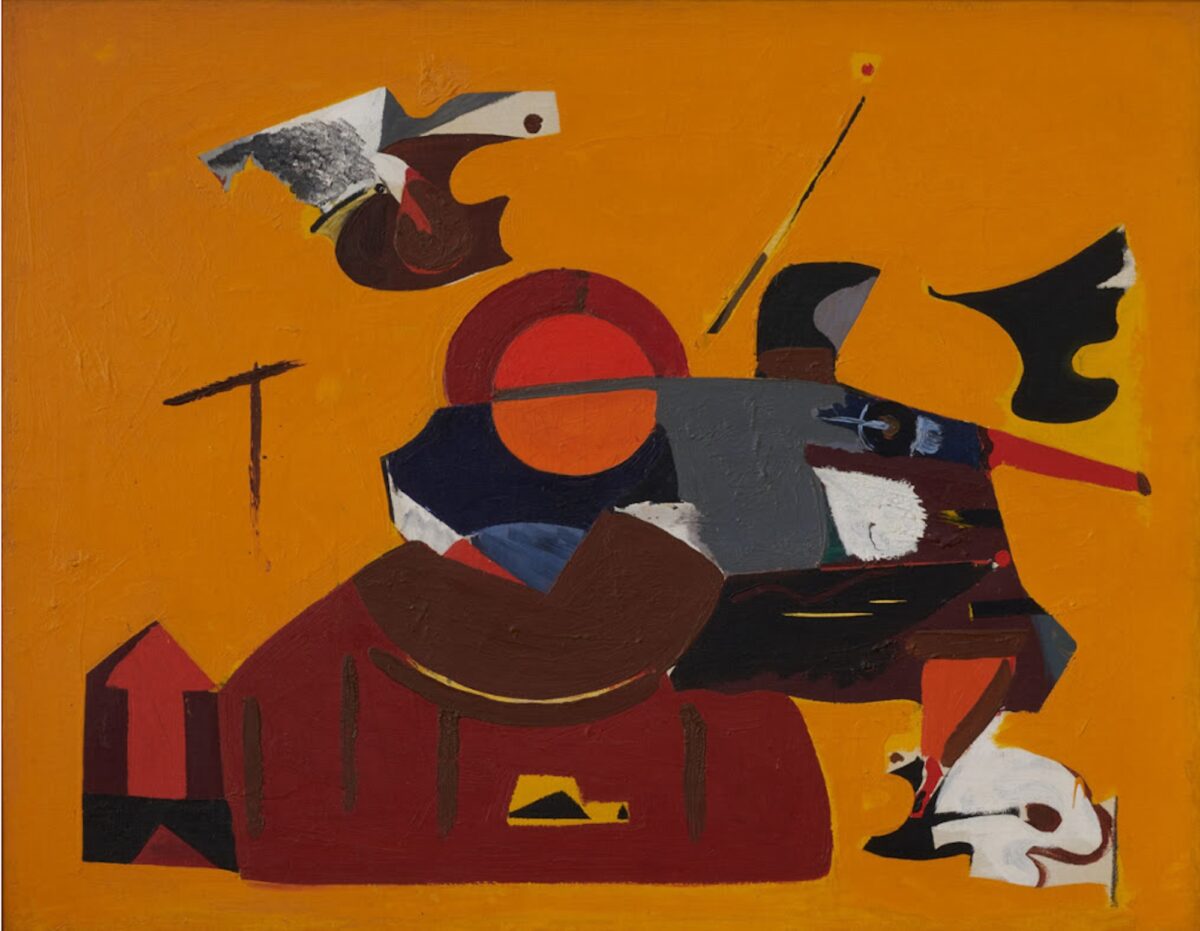
In the fall of 1924, a young Armenian painter and refugee named Vosdanig Manuk Adoian moved to New York City and gave himself a new name: Arshile Gorky. With that gesture, the artist (c. 1904-1948) embarked upon a journey of self-reinvention and aesthetic innovation that would parallel New York’s own transformation from an emerging city into a surging metropolis and a cultural epicenter. In a year that saw Manhattan host the premiere of George Gershwin’s ‘Rhapsody in Blue,’ the public opening of the Morgan Library, the completion of the gilded skyscraper known as the American Radiator Building and, in many respects, the birth of the Harlem Renaissance, Gorky took up residence and began forging a path toward becoming one of the most significant artists of the American avant-garde.
The centenary of Gorky’s move to New York City will also be marked by focused presentations at museums in New York and beyond, including at The Museum of Modern Art, the Metropolitan Museum of Art, the National Gallery of Art and the Philadelphia Museum of Art.
About the exhibition
Immersing himself in his adopted city and its artistic community of the mid-1920s, Gorky befriended the painters Stuart Davis, John Graham and Willem de Kooning while studying the works of antique, early modern and contemporary masters, such as Paul Cézanne, Pablo Picasso, Paolo Uccello and painters of Fayum mummy portraits. Through Gorky’s prescient and deliberate rejection of originality, his work in the United States began by reflecting—and often outright quoting—the diversity of these artists as well as the cityscape of Manhattan.
Although he was briefly enrolled at the National Academy of Design and later taught at the Grand Central School of Art, Gorky primarily learned how to draw and paint through visits to local museums and galleries, and by immersing himself in art books and magazines. Drawing upon the visual vocabularies of cubism and surrealism, he linked European styles with the signals he was finding within the work of other New York-based artists and the city itself.
Hauser & Wirth’s exhibition includes works from several of Gorky’s series, including ‘Nighttime, Enigma, and Nostalgia’ (1930-1936), ‘Organization’ (1933-1937) and ‘Image in Khorkom’ (1936-1939), that encapsulate Gorky’s early efforts to refine a style that in its appropriation of various movements became, paradoxically, a vehicle for self-expression. As Gorky’s stature in New York’s art scene grew, he was increasingly inspired by, first and foremost, cubism and the mechanomorphic forms associated with Dada, surrealism and the works of Francis Picabia and Jean (Hans) Arp. For instance, in the ‘Organization’ series, he fused mechanical lines and circuitry with rhythmic curves and ovoid shapes of varying density to depict the traditional subject of an artist at work in a studio. So, too, with ‘Untitled (Still Life on Table)’ (c. 1936–37), in which thickly painted black lines— simultaneously organic and rigid—carry on the long history of the genre. While in the ‘Khorkom’ series—his only works explicitly named after the village in a predominantly Armenian province of the Ottoman Empire where he was born—Gorky finessed his style, purging mimetic references and more traditional subjects in favor of personal imagery, however camouflaged. Gorky’s loose, improvisational mode of repeating motifs would reappear across different eras and genres of creation.
Throughout the 1930s, Gorky also worked on various mural projects in connection with Public Works of Art Project (PWAP), Works Progress Administration and Federal Art Project, most notably for Newark Airport (1937) and New York World’s Fair (1939). Outlining his concept for the mural seen in the preparatory drawing ‘Untitled (Nighttime, Enigma, and Nostalgia: 1934)’ (c. 1933-34), Gorky wrote, ‘My subject matter is directional. American plains are horizontal. New York City which I live in is vertical. In the middle of my picture stands a column which symbolizes the determination of the American nation.’ Taking cues from the city, Gorky’s paintings mimic the urban texture of New York with their impasto, rough underpainting and smooth finishes, as demonstrated in such works as ‘Untitled (Sunset in Central Park)’ (1931), and the dry scumble of ‘Untitled (Painting)’ (c. 1947-1948). For Gorky, the urban motifs—cracks in the pavement, the space between two buildings, a fire hydrant—were evidence of the spontaneous outburst of art. While on a long walk through Manhattan, he passed an itinerant sign outside a shoe repair store and remarked to his friend, the artist Peter Busa, ‘This is the most authentic work of art in New York City.’
Beginning in 1943, Gorky turned toward the rural environment, spending his summers in Virginia—where the family of his wife, Agnes Magruder, had a farm—and later in rural Connecticut. Using the same discriminating gaze he developed in the city, but with nature as a new source of inspiration, Gorky’s style flourished and matured into lyrical masterpieces such as ‘Untitled (Virginia Pastel)’ (c. 1943) and ‘Untitled (Carnival)’ (1943). Returning to his previous experiments with automatic drawing, he combined the sensory effects of his rural surroundings with memories of his childhood abroad, as they had crystallized in his new American life. As influenced as Gorky was by his new bucolic environs, courting free associations with nature, he maintained a studio in Manhattan and in 1947 experienced a surge in productivity while working there. ‘Untitled (Virginia Summer)’ (c. 1946-1947), ‘Untitled (Drawing, Agony)’ (c. 1947) and ‘Untitled (Painting)’ (c. 1947-1948) may have been initiated away from the metropolis but it was in New York City where they were completed, standing as some of the most expressive and moving of his career.
Arshile Gorky. New York City, 4th September -2nd November 2024, Hauser & Wirth
A new installment of the ‘Arshile Gorky Catalogue Raisonné’ will be made available in conjunction with this exhibition, while a contextual publication, edited by Ben Eastham, will be released by Hauser & Wirth Publishers in early 2025. Combining scholarly research to illuminate the formal influence of New York on Gorky’s body of work with more literary reflections on his status as an immigrant artist, as well as situating his work within the wider social and political milieux, this publication aims to revisit and update understanding of the artist.
About the artist
Arshile Gorky was born an ethnic Armenian in Khorkom, Van, Ottoman Empire (present-day Türkiye) in c. 1904. Fleeing the genocide that claimed the life of his mother, he immigrated to the United States as a teenage refugee in 1920. After four years with relatives in Massachusetts, Gorky moved to New York and changed his name in honor of the celebrated Russian poet Maxim Gorky. Refusing all categories, whether artistic or political, as necessarily reductive, Gorky forsook assimilation in favor of celebrating his otherness, becoming a central figure of the cultural milieu of a city on the brink of modernism.
